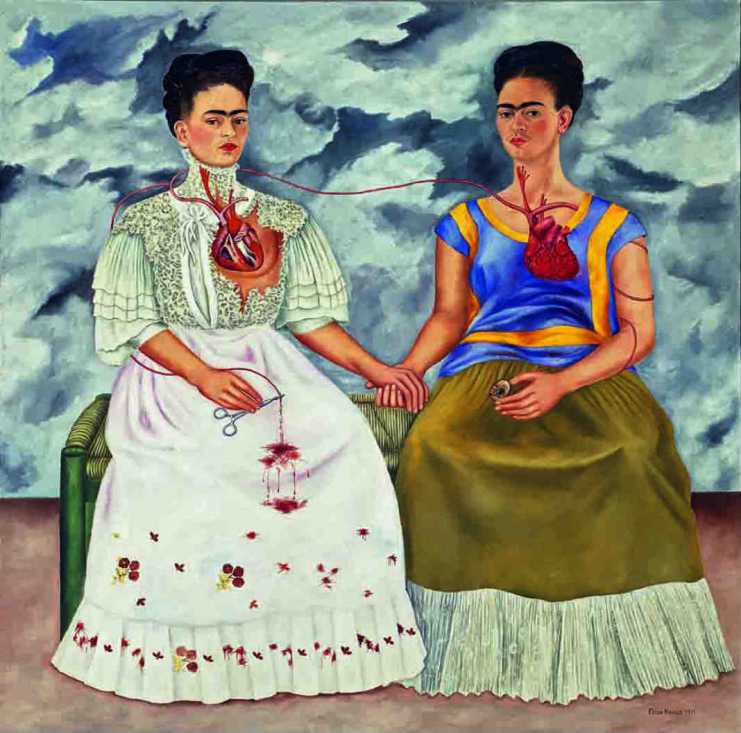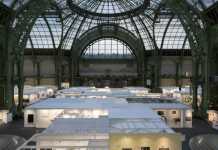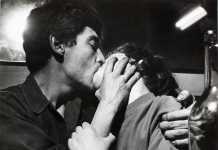
One of the biggest exhibitions to open this autumn in Paris, Mexique: 1900-1950 – organised by the Grand Palais, Paris, Instituto Nacional de Bellas Artes and Museo Nacional de Arte de Mexico – tracks Mexican modern art history during a turbulent 50-year period of momentous political and cultural change in the country.
Featuring more than 200 works by more than 60 artists, the exhibition is a comprehensive and well-documented overview of Mexican art during the years before and following the revolution. The exhibition includes works by the three ‘greats’ of Mexican art – Diego Rivera, José Clemente Orozco and David Alfaro Siqueiros, as well as Frida Kahlo’s paintings, compositions by Rufino Tamayo and photographs by Manuel Alvarez Bravo and Tina Modotti.
Before the Mexican Revolution
The first part of the show focuses on interactions between the contemporary art schools of Mexico, Europe and the United States. The impact of realist and cubist schools on the Mexican artists in pre-revolution years is particularly evident in the early works in the exhibition, such as the paintings by Angel Zárraga and Diego Rivera. These artworks, nonetheless, continue to be inspired by Mexican folk art traditions, an influence that only grew stronger in the years following the Revolution.

Mexican art and the Revolution
The second and the main part of the exhibition explores the political and ideological aspects of Mexican art in the post-Revolution years. The artists explored different means of artistic expression, especially murals and graphic design, to represent and inform a changing idea of national identity. Thus, this part naturally focuses on the emergence of ‘The Big Three’ or the three ‘greats’ – Diego, Orozco and Siqueiros. The underlying ethos in the three artists’ works varies significantly: Orozco’s unrestrained and poignant representations of the violent revolution and Siqueiros’ preference of murals as public art in order to energise stand in contrast against Rivera’s (utopic) glorification of the country’s people and their traditions.
Other facets of Mexican art
Not restricting itself to the three Greats, the latter parts of the exhibition explore other artistic expressions and schools in Mexican modern art. An excellent section is dedicated to the female artists – while Frida Kahlo continues to be the most well-known among them, the viewers can also discover extraordinary works by Nahui Olin, Tina Modotti and Lola Álvarez Bravo.
Besides the ‘popular’ facets of Mexican art, the Grand Palais exhibition also presents other prevailing alternative artistic movements, particularly Stridentism, an artistic and multi-disciplinary avant-garde movement aimed at revitalising Mexican cultural life. Robert Montenegro’s portraits and abstract works by Rufino Tamayo and Gerardo Murillo, presented in this section are excellent.

The exhibition concludes with a symbolic reversal of roles – between the end of Mexican Revolution and the beginning of World War II, Mexico became a meeting point for European and American artists. A new hybrid style thus emerged with influences from surrealism, magic realism and post-revolutionary Mexican art.
There is much to take away from this exhibition, particularly at a time when the world needs a revolution – political, social and cultural. The Mexican revolution was an important period in Mexican and world history, but it was also an inspiration to the artists who lived through it and whose works form part of this exhibition. Their art as such is the most important witness to a passionate vision and the ultimate social and political change that followed the Revolution.
On a separate note, the exhibition has inspired us to go on a trip to Mexico to experience first-hand their culture and traditions, and how they have changed over the years.
October 5, 2016 to January 23, 2017
At Grand Palais

Mexique: 1900-1950







